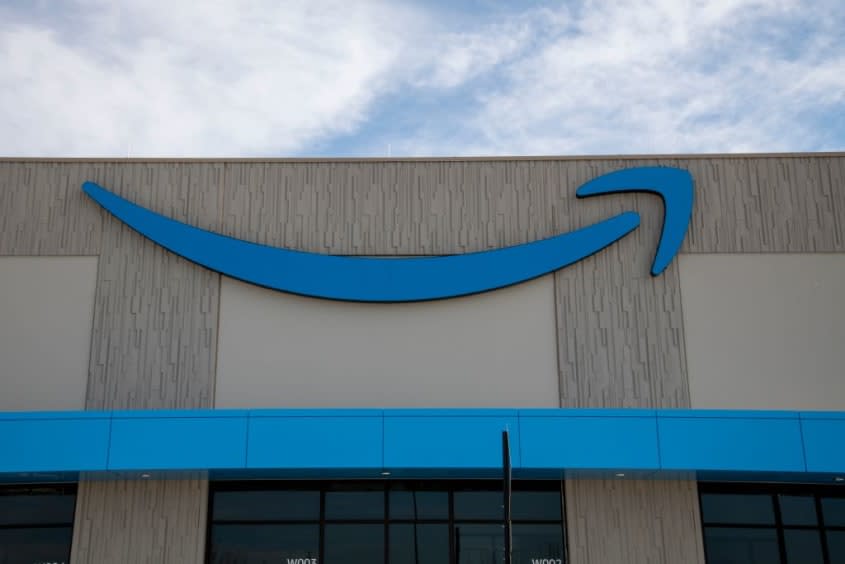Amazon slashes its way to higher profits

The smartest insight and analysis, from all perspectives, rounded up from around the web:
Amazon reminded investors last week that it's no Big Tech afterthought, said Spencer Soper in Bloomberg. The retail giant "pulled off a financial double play this earnings season," generating big earnings growth while cutting spending. The results sent shares soaring to their highest point in a year. After a period of "unprecedented axe-wielding," CEO Andy Jassy "seems ready to reinvest — just as recession fears recede and consumers say they feel better about the economy." Amazon said it planned to double the number of its same-day delivery facilities and is rebooting its grocery operations at Whole Foods and Amazon Fresh. Jassy also said "every single one" of Amazon's businesses is working on incorporating AI, and we'll see it everywhere from Amazon Search to Alexa home devices.
Jassy has had a tough two years at the helm, said Annie Palmer in CNBC.com. Wall Street let Amazon's founder Jeff Bezos get away with claiming "the customer was always more important" than quarterly earnings targets. Jassy, by contrast, was "forced by investors to get serious about profitability" as the stock took a massive hit in 2022. In response, he "pared back underperforming projects," froze hiring, "and eliminated 27,000 jobs." The changes made Amazon "less dependent on its cloud business, Amazon Web Services, for profits," and that's already paying off. "There's still a risk Amazon could get caught up in the spending war over generative AI," said Dan Gallagher in The Wall Street Journal. But that's at least "one market that investors are still happy" to indulge.
Amazon's grocery business is still a weak point, said Leticia Miranda in Bloomberg. When Amazon acquired Whole Foods in 2017, "industry watchers believed the tech behemoth would completely change how we shop for groceries. That hasn't quite happened." And changes announced last week "are quite incremental." The U.S. has 170 million Prime members, so opening up grocery deliveries to non-Prime households won't mean a huge change. Grocery businesses also do best when they have both stores and a digital offering, so customers can pick up curbside. Amazon is undeniable at delivery, but Whole Foods has only "about 500 stores, versus Kroger's 2,800 and Walmart's 4,600."
The key problem for Amazon is that the pandemic boom in e-commerce "has given way to stagnation," said The Economist. The world's largest online retailer reported 11% year-on-year growth in e-commerce sales, which was better than expected. Yet that was still "slower than the giant's pre-pandemic trend." After spiking in early 2020, the online share of retail spending in America has been stuck at around 15%. Meanwhile, competition is picking up. Shein, the Chinese fast-fashion seller beloved by Gen Z, is expanding into electronics and furniture. TikTok has begun letting influencers post links directly "to purchase products without leaving the app." And maybe worst of all, big brands are discovering the advantages of selling direct; for Nike, that now makes up 42% of revenue. Without new strategies, Amazon's gift to investors might have an expiration date.
This article was first published in the latest issue of The Week magazine. If you want to read more like it, you can try six risk-free issues of the magazine here.

